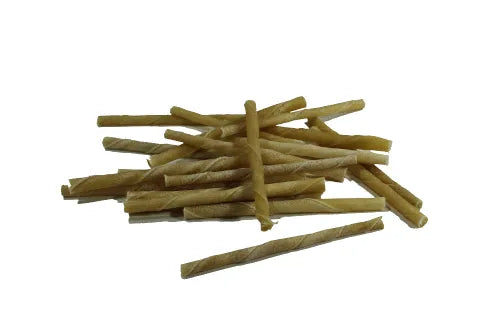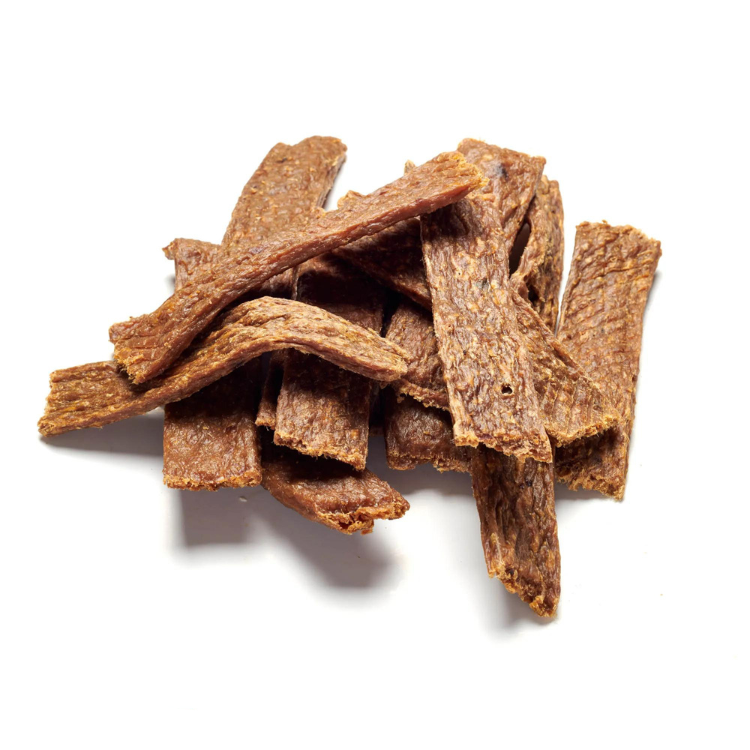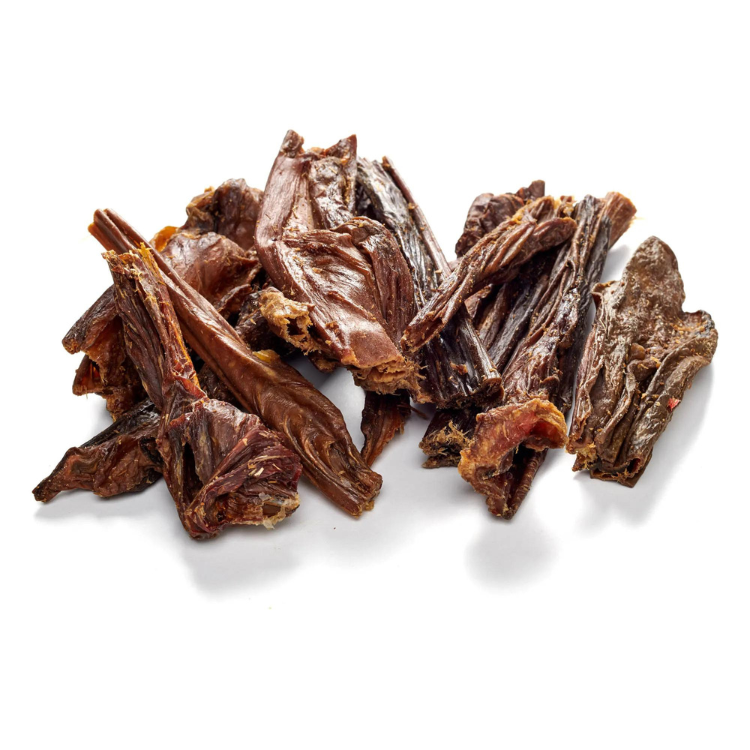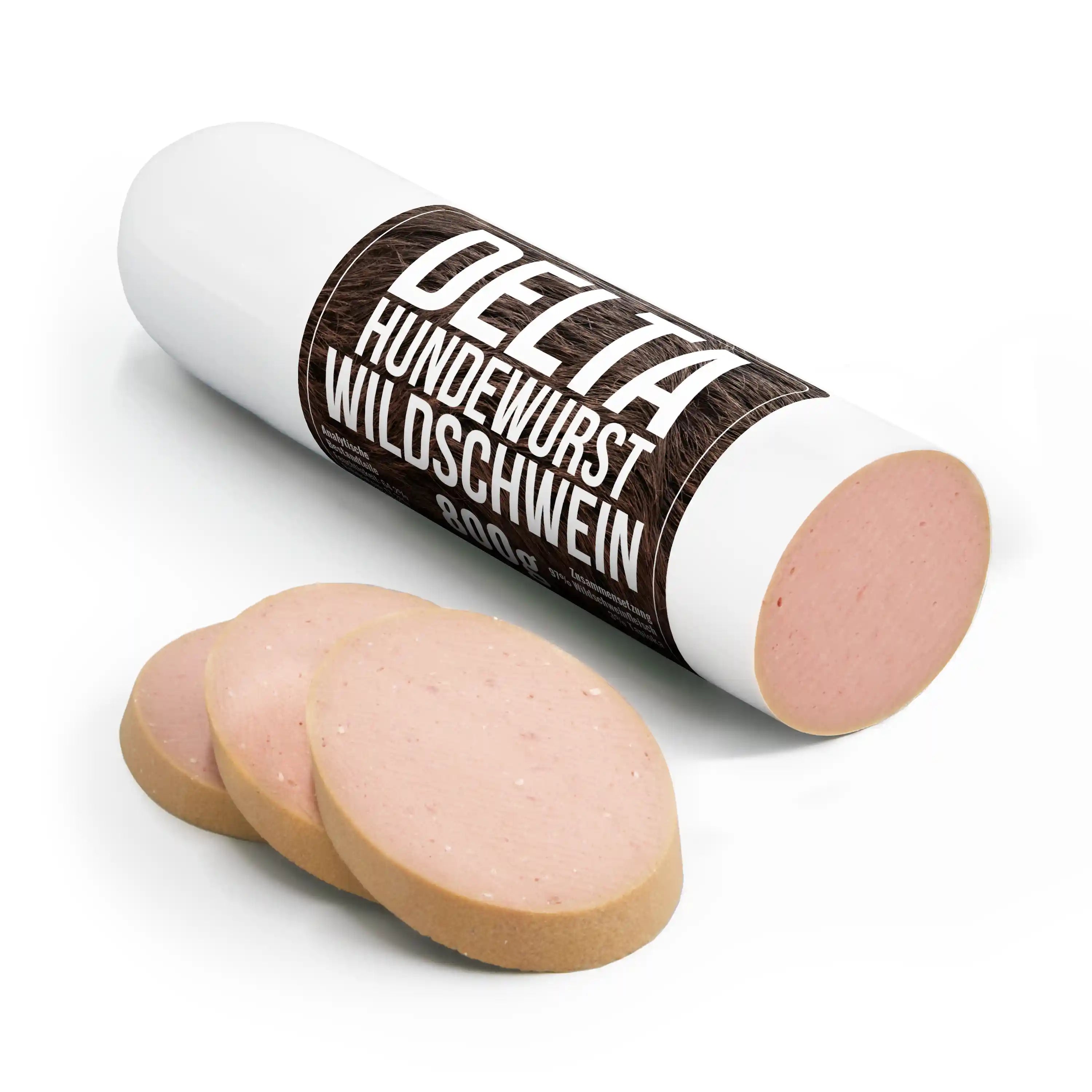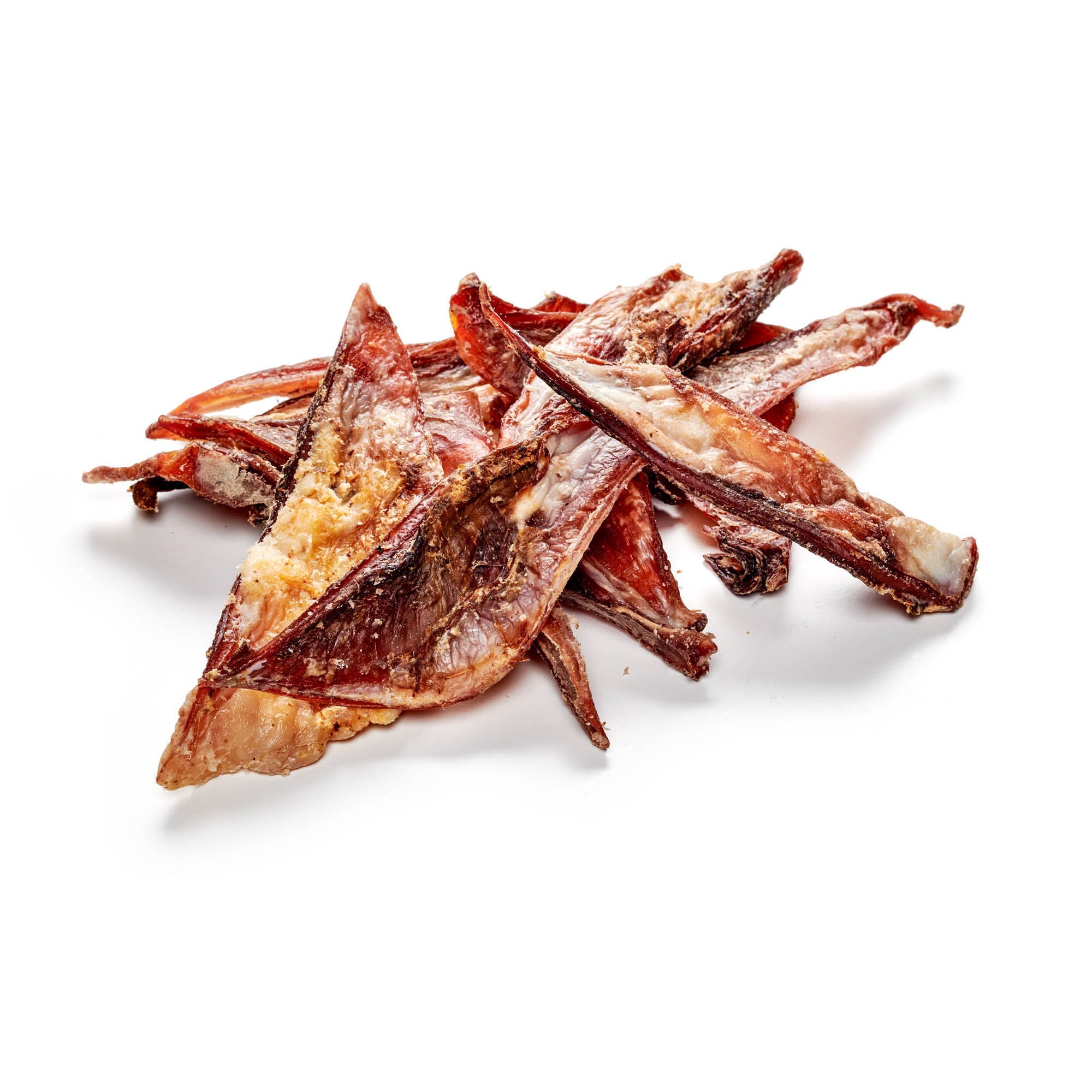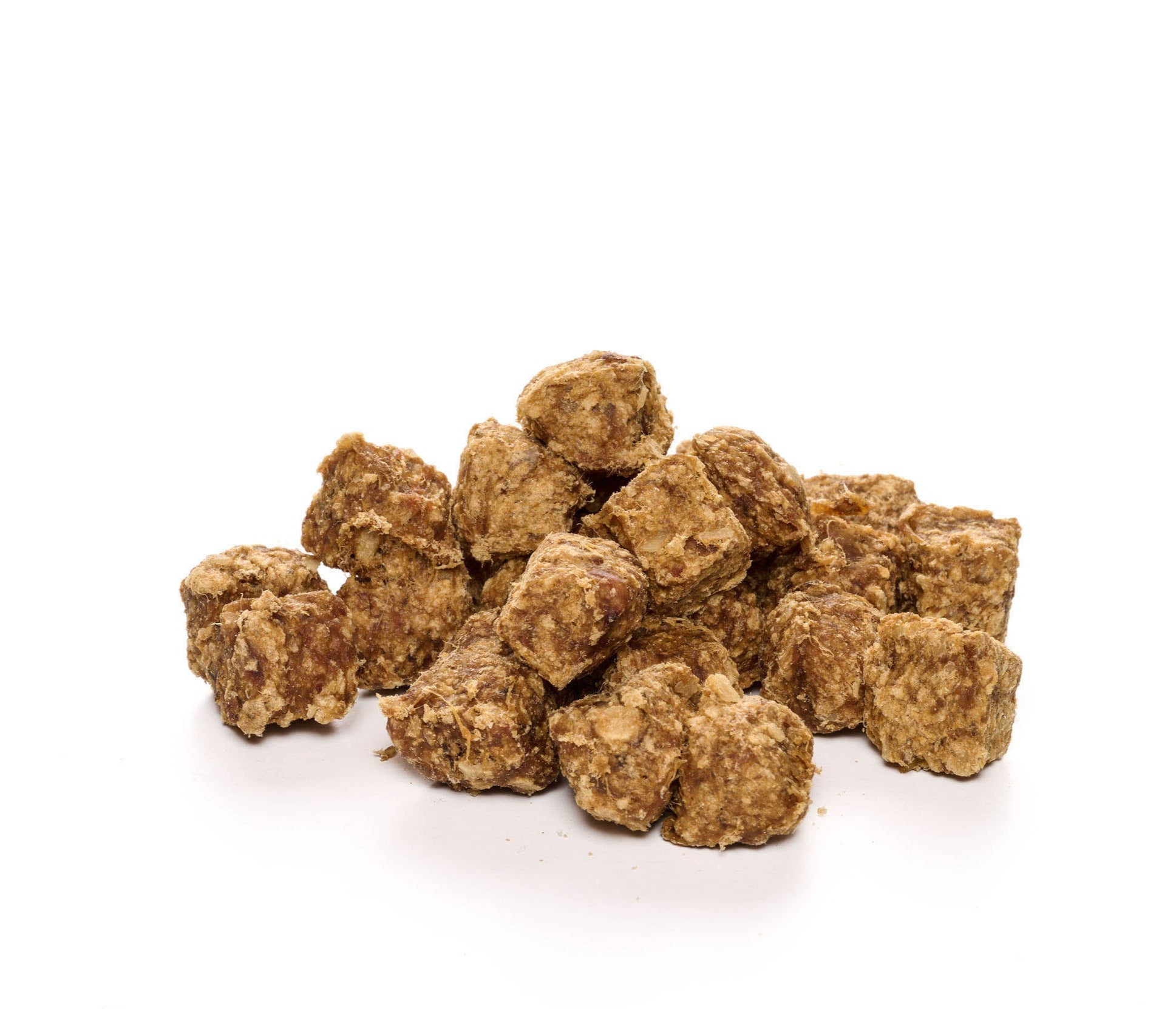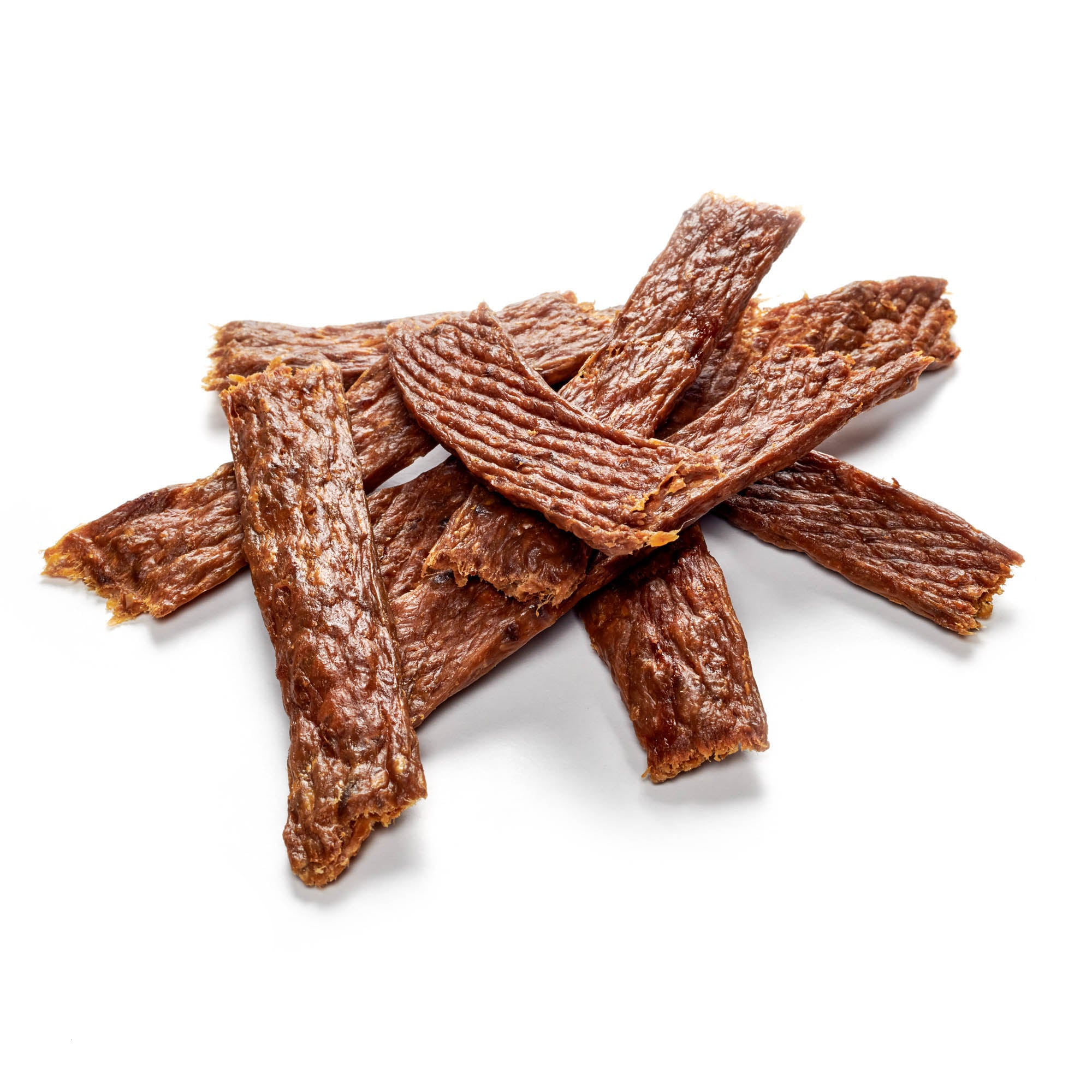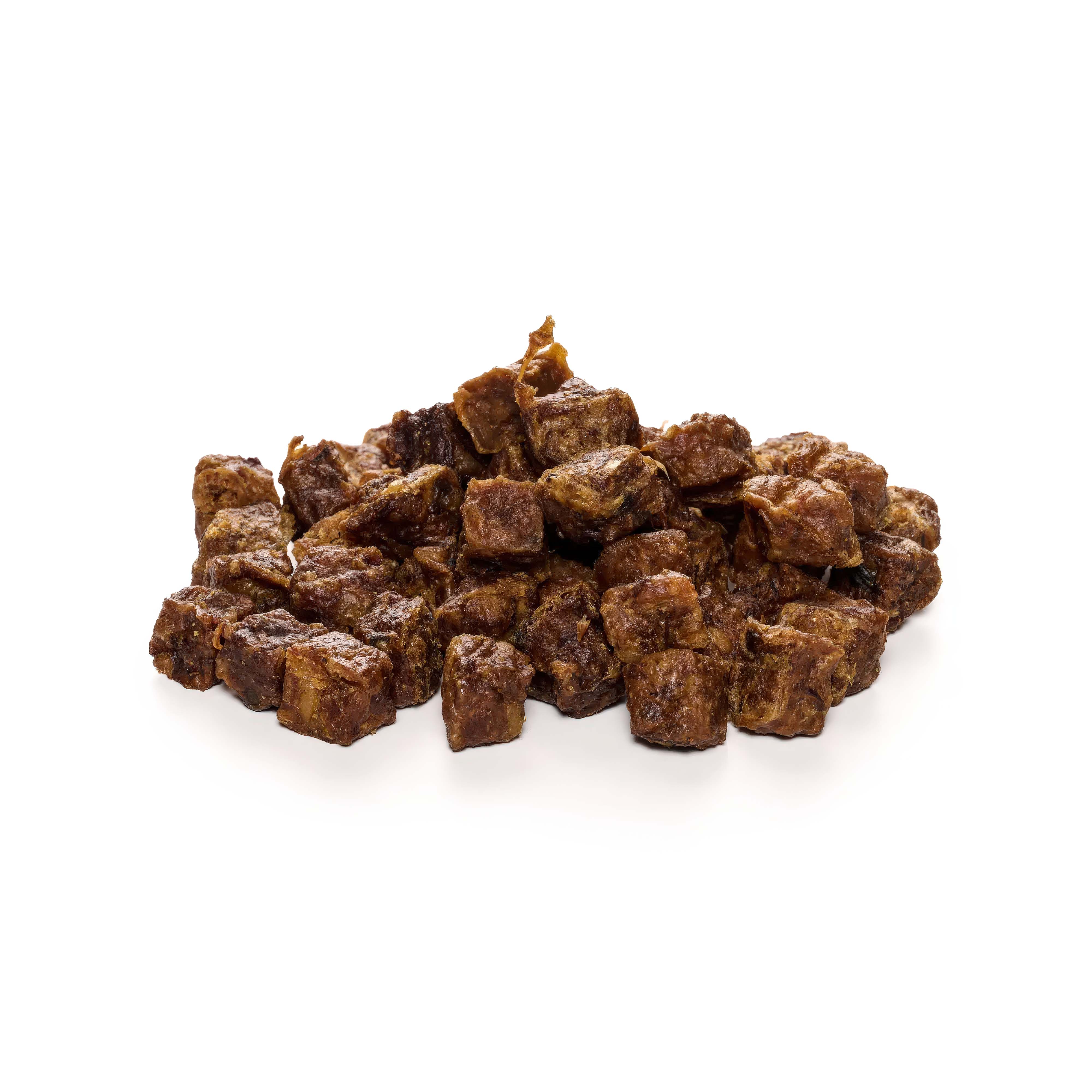
English Pointer
Share
The English Pointer is a friendly and sensitive dog that is best suited to experienced dog lovers. He suits both singles and families, provided they share his passion for hunting.
Content: English Pointer
- profile
- Special features
- Nutrition
- Health and care
- The right accessories
- Origin & History
- Conclusion
Discover our selection of premium dog chews!
English Pointer - Profile
- Character: Energetic, friendly, obedient
- Size: Medium to large
- Height: 61-69 cm
- Weight: 20-30 kg
- Life expectancy: 12-14 years
- Coat type: Short, smooth
- Colour: liver, lemon, black or orange, solid or with white markings
- FCI Group: Pointing Dogs
English Pointer - Special characteristics
The English Pointer is a breed of dog with origins in England and Ireland, recognized by the FCI and belonging to Group 7.These dogs come in different color variations, including lemon yellow and white, orange and white, leather brown and white, black and white, solid and tricolor. Their coat is short, smooth and shiny.The English Pointer can be an excellent family dog. It is extremely loyal to cats and other dogs and tends to live harmoniously with children. It is advisable that this dog comes into contact with cats and other animals from the breeder. However, they are not suitable as guard dogs because their open nature means they do not tend to aggressively chase away strangers. They are friendly and intelligent. Training an English Pointer is usually straightforward, provided it is done consistently. This breed needs a lot of exercise and is extremely intelligent. They are characterized by a sinewy and elegant appearance that combines strength and suppleness, which is a great advantage when hunting. These dogs tend to bark very rarely. Although they can stay home alone, their hunting instincts mean that a secure fence around the property is important to prevent escapes. English Pointers are often used as hunting dogs in fields and are also popular as pointing dogs when hunting feathered game, such as pheasants. These dogs adapt well to families and enjoy cuddling with their owners after long walks in nature. However, it is important to note that English Pointers are sensitive to cold and should be dried off after wet walks. A species-appropriate lifestyle requires a lot of exercise and long walks. This breed feels most comfortable in a house with close family connections and is not suitable for keeping in a kennel or apartment. Nowadays, English Pointers are popular companions in the countryside and also prove themselves as pointing dogs when hunting. In addition, English Pointers are suitable for various activities such as rescue dog work and dog sports such as mantrailing, due to their excellent nose work. They are also great companions for jogging and horse riding.
English Pointer - What should be considered regarding nutrition?
The right food is crucial to the health of your English Pointer. This dog requires a high-protein diet, with meat being the first priority. Foods containing grains should be avoided.Your English Pointer's energy needs depend on his activity level. Dogs that are not involved in hunting or dog sports tend to gain weight, so checking his weight regularly and adjusting the amount of food he is fed is important.Your Pointer's waist should always be visible to see if he is gaining or losing weight. The quality of the food is of great importance, and sufficient rest should be allowed after feeding to minimize the risk of gastric torsion. Adult dogs should be fed twice a day.Dry chews or dental snacks work well as rewards and dog treats. Make sure there is always plenty of fresh drinking water available.
Pamper your dog with our chew products!
English Pointer - Health and Care
The English Pointer's very short coat requires little effort to care for. Brushing once a week with a soft brush is usually sufficient to keep the coat clean and to minimize shedding.Bathing the English Pointer should only be done when necessary, and it is advisable to use a mild dog shampoo. Be careful not to let the dog get cold after bathing.The English Pointer's ears should be checked regularly and cleaned when necessary to prevent infections. The dog's nails are usually worn down by exercise and do not usually need to be trimmed unless the dog is older and needs assistance.Grooming the English Pointer requires little effort overall, and he is a relatively low-maintenance dog.
English Pointer - The right accessories
To motivate and reward your English Pointer, treats can be used as rewards. Make sure to use low-calorie treats, as these dogs tend to gain weight. In winter, you should protect your English Pointer from the cold and put a coat on him. Larger dog bowls, sturdy toys and a cozy resting place are suitable accessories for this dog.
English Pointer - Origin & History
The English Pointer, also known as the Pointer, has its origins in Spain, where its ancestors existed as early as 1700. These dogs were brought to England around 1700, and over time they were further developed by crossing foxhounds and French hounds. Later, greyhounds were crossed to increase the English Pointer's speed.The current form of the English Pointer has been bred in Great Britain since 1835. Its name "Perro de Punta" comes from Spanish and means "dog for pointing", referring to its ability to track while motionless and with its paw raised. These characteristic traits were further developed through selective breeding.
Conclusion
The English Pointer is undoubtedly a majestic figure among pointing dogs, known for its elegance and agility. With its short hair, it is not only an eye-catcher, but also requires little grooming, making it a practical companion for dog owners who do not want to bother with time-consuming grooming. Its powerful stature and energetic nature make it an ideal partner for sporting activities and outdoor adventures.
Pamper your dog with our delicious chews!

